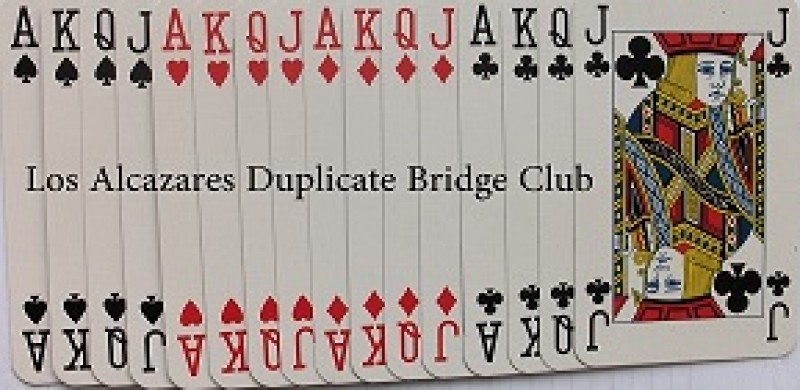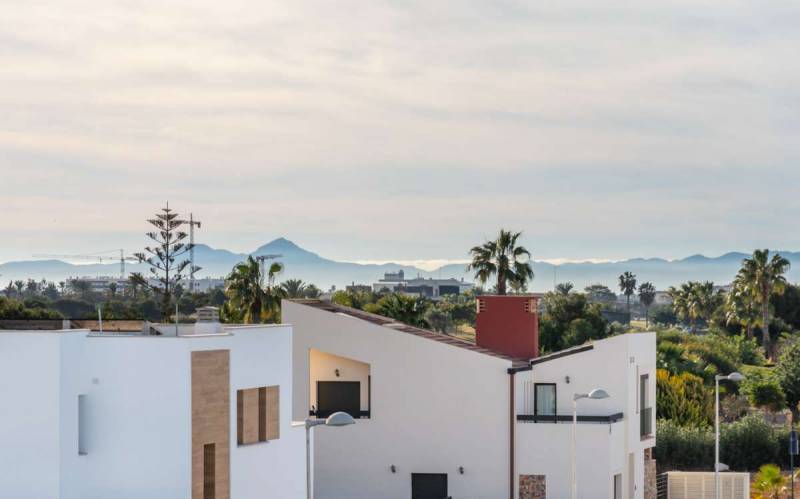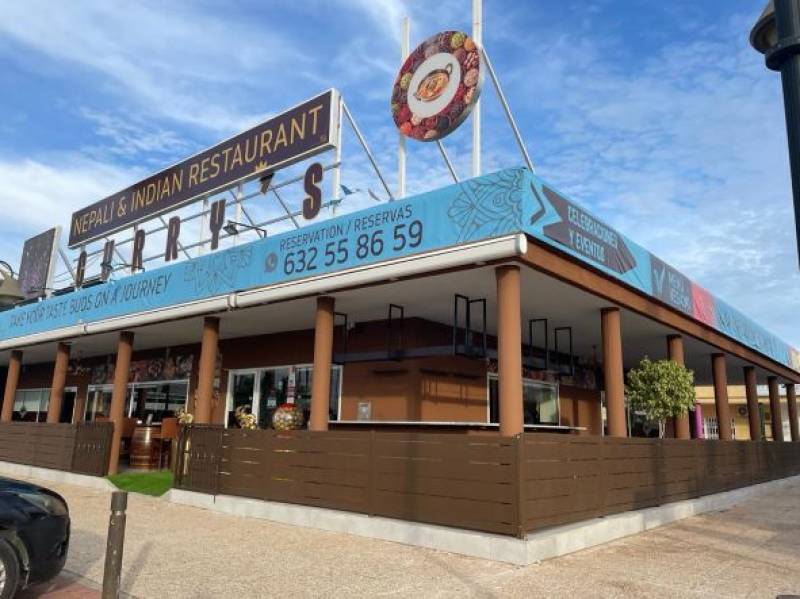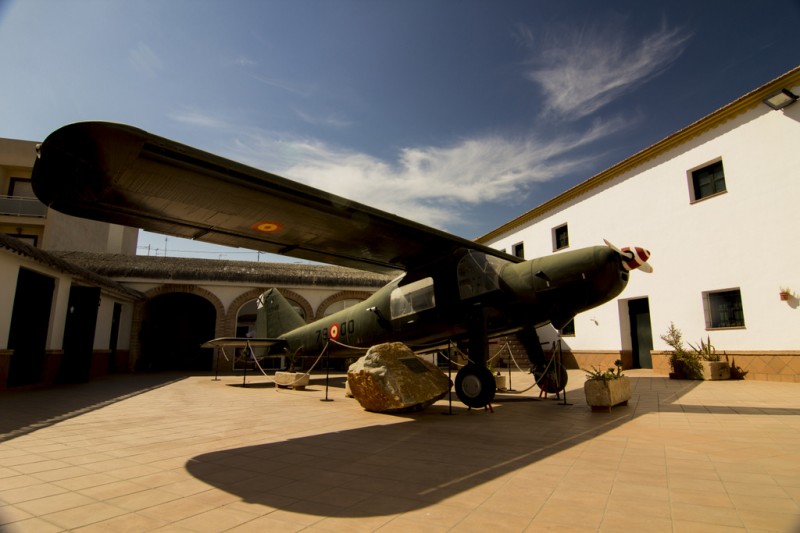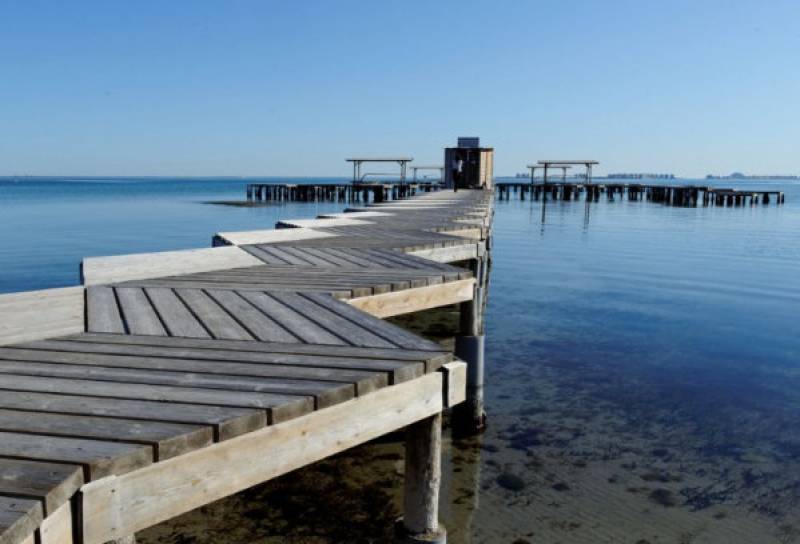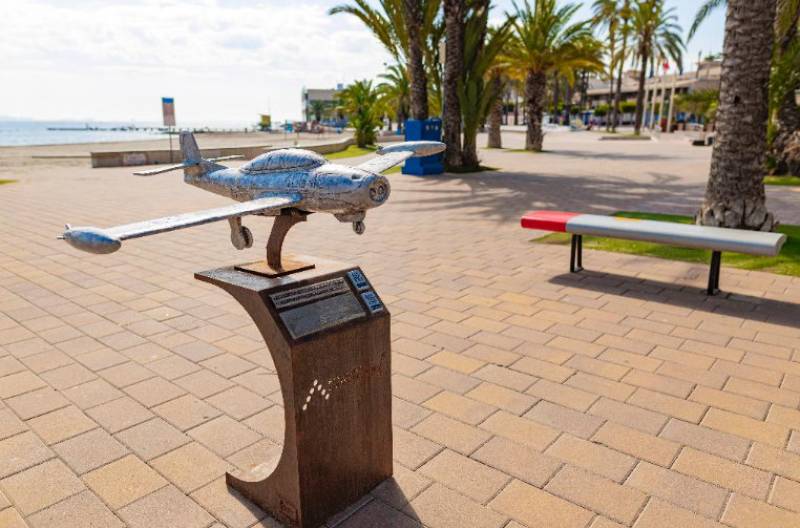- Region
- Águilas
- Alhama de Murcia
- Jumilla
- Lorca
- Los Alcázares
- Mazarrón
- San Javier
-
ALL AREAS & TOWNS
- AREAS
- SOUTH WEST
- MAR MENOR
- MURCIA CITY & CENTRAL
- NORTH & NORTH WEST
- TOWNS
- Abanilla
- Abarán
- Aguilas
- Alamillo
- Alcantarilla
- Aledo
- Alhama de Murcia
- Archena
- Balsicas
- Blanca
- Bolnuevo
- Bullas
- Cañadas del Romero
- Cabo de Palos
- Calasparra
- Camping Bolnuevo
- Campo De Ricote
- Camposol
- Canada De La Lena
- Caravaca de la Cruz
- Cartagena
- Cehegin
- Ceuti
- Cieza
- Condado de Alhama
- Corvera
- Costa Cálida
- Cuevas De Almanzora
- Cuevas de Reyllo
- El Carmoli
- El Mojon
- El Molino (Puerto Lumbreras)
- El Pareton / Cantareros
- El Raso
- El Valle Golf Resort
- Fortuna
- Fuente Alamo
- Hacienda del Alamo Golf Resort
- Hacienda Riquelme Golf Resort
- Isla Plana
- Islas Menores & Mar de Cristal
- Jumilla
- La Azohia
- La Charca
- La Manga Club
- La Manga del Mar Menor
- La Pinilla
- La Puebla
- La Torre
- La Torre Golf Resort
- La Unión
- Las Palas
- Las Ramblas
- Las Ramblas Golf
- Las Torres de Cotillas
- Leiva
- Librilla
- Lo Pagan
- Lo Santiago
- Lorca
- Lorquí
- Los Alcázares
- Los Balcones
- Los Belones
- Los Canovas
- Los Nietos
- Los Perez (Tallante)
- Los Urrutias
- Los Ventorrillos
- Mar De Cristal
- Mar Menor
- Mar Menor Golf Resort
- Mazarrón
- Mazarrón Country Club
- Molina de Segura
- Moratalla
- Mula
- Murcia City
- Murcia Property
- Pareton
- Peraleja Golf Resort
- Perin
- Pilar de la Horadada
- Pinar de Campoverde
- Pinoso
- Playa Honda
- Playa Honda / Playa Paraíso
- Pliego
- Portmán
- Pozo Estrecho
- Puerto de Mazarrón
- Puerto Lumbreras
- Puntas De Calnegre
- Region of Murcia
- Ricote
- Roda Golf Resort
- Roldan
- Roldan and Lo Ferro
- San Javier
- San Pedro del Pinatar
- Santiago de la Ribera
- Sierra Espuña
- Sucina
- Tallante
- Terrazas de la Torre Golf Resort
- Torre Pacheco
- Totana
- What's On Weekly Bulletin
- Yecla


- EDITIONS:
 Spanish News Today
Spanish News Today
 Alicante Today
Alicante Today
 Andalucia Today
Andalucia Today
article_detail
Date Published: 23/08/2010
Los Alcazares, liquid motion, vibrant colours, the universal language of dance
Los Alcazares, jasmine saturated the air as dancers filled the night with whirling motion
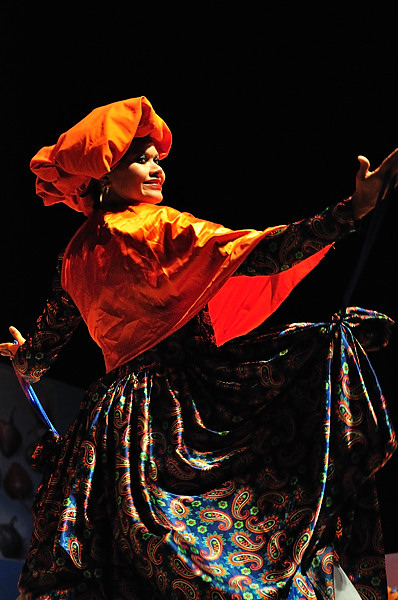 The Semana Internacional de la Huerta y el Mar took place last week in Los Alcazares and provided an unexpectedly broad spectrum of musical and spectacular entertainment.
The Semana Internacional de la Huerta y el Mar took place last week in Los Alcazares and provided an unexpectedly broad spectrum of musical and spectacular entertainment.
Whilst this is viewed essentially as a folk event, its actually a celebration of the traditions of the region, specifically the huertanos, people of the orchards, the workers who grew crops for the cities in the vegetable garden of Spain, the irrigated flatlands which surround Murcia, the Regions capital.
The links between Los Alcazares and the capital of the Region were honoured this week in a presentation of the Crilla de Oro, given to the Archicofradia de la Preciosisima Sangre de Nuestro Senor, Jesucristo, popularly known as the Coloraos.
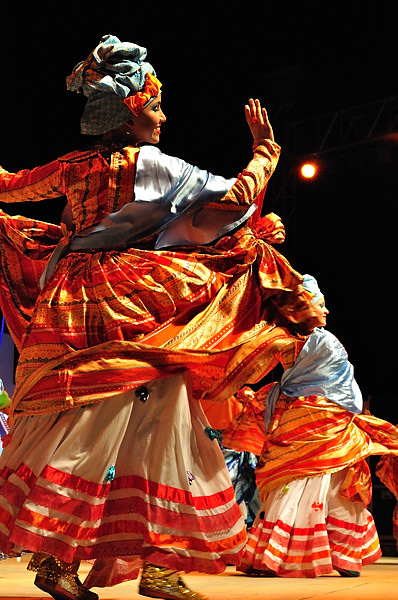 This is a brotherhood, the oldest and probably best known of the capitals orders, which takes part in the Semana Santa of Murcia, during Easter week, honouring the Holy Week with two of the best processions of the week, the Wednesday evening in which 3000 of them slowly stain the streets of Murcia red, the blood of Christ shed for the world, and the early morning procession on the Friday, in which their most treasured possessions, 200 year old pasos, statues, carved by Murcias greatest sculptor, Salzillo, pass through the streets of the city.
This is a brotherhood, the oldest and probably best known of the capitals orders, which takes part in the Semana Santa of Murcia, during Easter week, honouring the Holy Week with two of the best processions of the week, the Wednesday evening in which 3000 of them slowly stain the streets of Murcia red, the blood of Christ shed for the world, and the early morning procession on the Friday, in which their most treasured possessions, 200 year old pasos, statues, carved by Murcias greatest sculptor, Salzillo, pass through the streets of the city.
The Coloraos are known as the original huertanos, as their roots go back to the people who worked in the orchards.
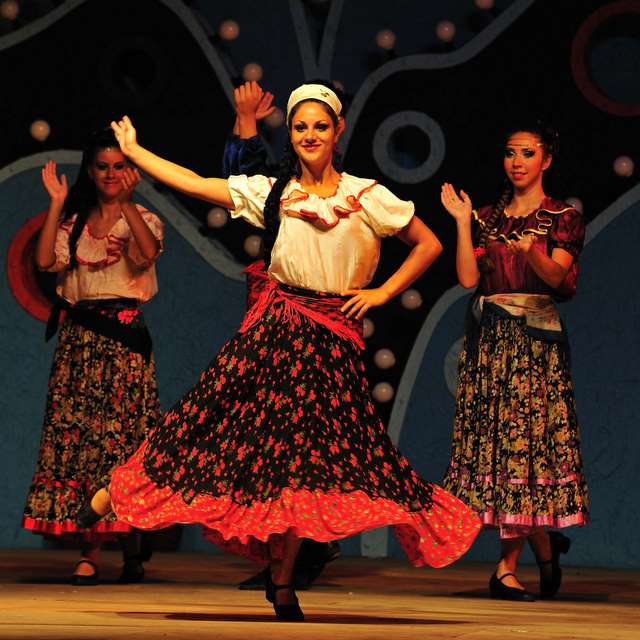 Its a fascinating step back in time which you can trace in two locations within the city of Murcia.
Its a fascinating step back in time which you can trace in two locations within the city of Murcia.
To go right back, Murcia owes its orchards to the arabs, who occupied and dominated this area between the 7th and 13th centuries, building Murcia which at that time was a substantial walled arab city, surrounded by lush orchards and farmlands which supplied it with food. The abundance of food was only down to one thing- water, channeled throughout the fields by a sophisticated irrigation and well system which the arabs built and gave to the region, accompanied with water drawn from the River Segura which flows through the centre of the modern city.
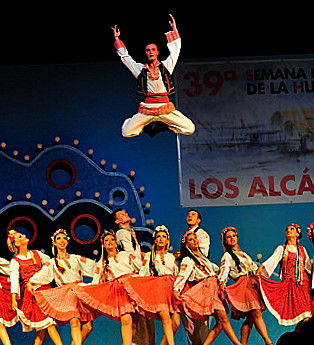 At this time, the farmers were on one bank, the city on the other, and whilst the water was a blessing, it could also destroy, as can be seen all too clearly in the Museo de la Ciudad, which houses a good mixture of items to chart the history of the city.
At this time, the farmers were on one bank, the city on the other, and whilst the water was a blessing, it could also destroy, as can be seen all too clearly in the Museo de la Ciudad, which houses a good mixture of items to chart the history of the city.
With the decline of the arabs and the Christian re-occupation of the region, the foundations were laid for many of the traditions we have today, including that of the Cofradias of Semana Santa.
As Murcia expanded and prospered, growing wealthy on the silk trade, works of art were commissioned by the wealthy brotherhoods, the exquisite Salzillo sculptures which can be seen today at the Museo Salzillo, the seat of the Coloraos.
 Whilst the wealthy elite were disposed to participate in the processions of penitents which took place in Semana Santa, they were not keen on the idea of carrying the heavy tronos around the streets themselves, so would pay the huertanos, the people of the orchards to come in and do the hard work for them.
Whilst the wealthy elite were disposed to participate in the processions of penitents which took place in Semana Santa, they were not keen on the idea of carrying the heavy tronos around the streets themselves, so would pay the huertanos, the people of the orchards to come in and do the hard work for them.
Being practical people, and earning only labourers money, these workers would bring their food with them in from the orchards, rest their bundles on the heavy tronos which they carried around, and as food was plentiful for those who worked in agriculture, became accustomed to sharing their food with passers by, the tradition growing that the hungry would ask the bearers for food, so of course, each year they brought more..
 The story goes that one of the religious great and good was unhappy with this display of bounty on a day of religious fasting, and banned the huertanos from putting thir bundles of food on the tronos and handing out food, but then, as now, murcians think laws are only made to be broken, so they stuffed the food inside their robes and continued to surreptitiously hand out boiled eggs and broad beans to passers by unobserved, a tradition which continues today.
The story goes that one of the religious great and good was unhappy with this display of bounty on a day of religious fasting, and banned the huertanos from putting thir bundles of food on the tronos and handing out food, but then, as now, murcians think laws are only made to be broken, so they stuffed the food inside their robes and continued to surreptitiously hand out boiled eggs and broad beans to passers by unobserved, a tradition which continues today.
Try and go into Murcia on the Wednesday and see them, its an extraordinary sight, their tunics bulging with food which they hand out to the watching crowds as they pass through the city, the bounty of the orchards.
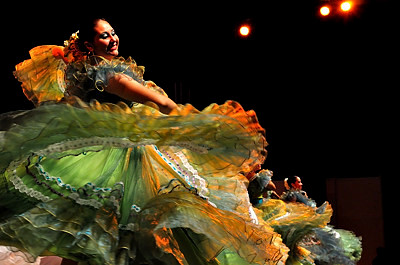 These same labourers are the ones who would come to Los Alcazares during the hot summer months, enjoying a time of rest with singing and folk music, the tradition of which is still emulated today in the Semana Internacional de la Huerta y el mar.
These same labourers are the ones who would come to Los Alcazares during the hot summer months, enjoying a time of rest with singing and folk music, the tradition of which is still emulated today in the Semana Internacional de la Huerta y el mar.
Weve been astonished by the richness of the folk scene and the number of Penas huertanas, groups from the orchards, who are actively involved in folk dancing.
 One night we went to a folk event in the murcian orchards and found ourselves in the scene of idealistic perfection, a giant barraca built in the orange orchards which is home to the host folkgroup, a Spanish version of the driving over lemons dream, an idyllic representation of huertano life, but without the hard graft and realities of life pre-dental hygiene and paracetomal.
One night we went to a folk event in the murcian orchards and found ourselves in the scene of idealistic perfection, a giant barraca built in the orange orchards which is home to the host folkgroup, a Spanish version of the driving over lemons dream, an idyllic representation of huertano life, but without the hard graft and realities of life pre-dental hygiene and paracetomal.
But whilst this week so strongly honoured and celebrated these links which bind the Coloraos to Los Alcazares and the history of the huertanos, it also featured some extraordinary displays of dancing from folk groups throughout the world, showcasing the dance traditions of their own countries in a series of spectacular performances which were amazing value at only a couple of euros a night, an absolute bargain and thoroughly enjoyable they were too.
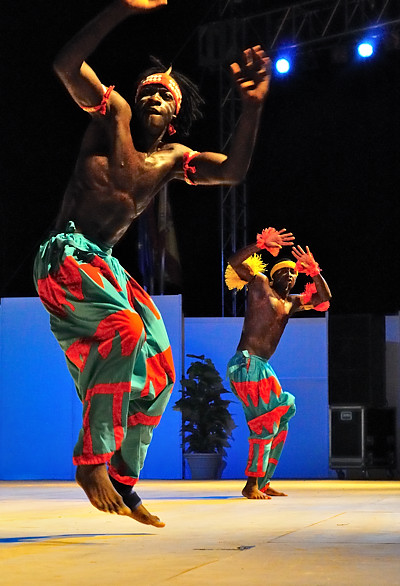 The energy of the Serbian group from Belgrade who whirled their women around as though they were a sack of oats was incredible, and the moment in which one of the male dancers leapt over the top of the female dancers had the whole auditorium gasping in amazement, frenetic variations of dancers from Argentina, Senegal, Russia, Turkey, Venezuela and many others filling the evenings with colour and motion.
The energy of the Serbian group from Belgrade who whirled their women around as though they were a sack of oats was incredible, and the moment in which one of the male dancers leapt over the top of the female dancers had the whole auditorium gasping in amazement, frenetic variations of dancers from Argentina, Senegal, Russia, Turkey, Venezuela and many others filling the evenings with colour and motion.
To call it a folk event is almost inadequate, an international celebration of dance and culture would be a more adequate expression of what this event was, and with its 40th anniversary due to take place in 2011, its certainly one to put in the diary for August next year, as undoubtedly the Director will be pulling out all the stops to make sure next year will be an event to remember.
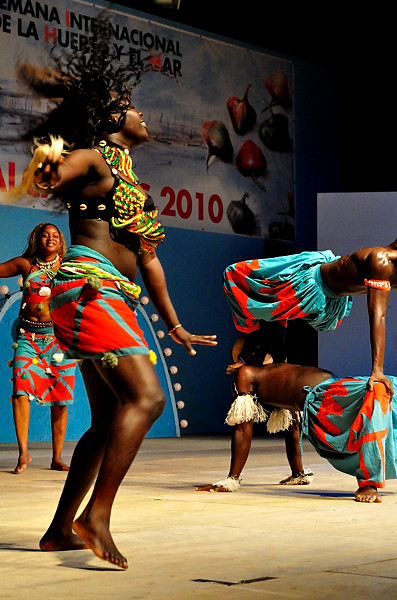 But to be honest, even if he just succeeds in matching this years selection, itll certainly be well worth looking out for, so if you didnt make it this year, come and try the best of authentic murcian tapas in the barracas next year and celebrate the huertanos, the people of the orchards, the first tourists to spend their summers on the gentle shores of the Mar Menor and enjoy the folk which filled their nights with music and movement in the spirit of enjoyment.
But to be honest, even if he just succeeds in matching this years selection, itll certainly be well worth looking out for, so if you didnt make it this year, come and try the best of authentic murcian tapas in the barracas next year and celebrate the huertanos, the people of the orchards, the first tourists to spend their summers on the gentle shores of the Mar Menor and enjoy the folk which filled their nights with music and movement in the spirit of enjoyment.
article_detail
Find more information by AREA, TOWN or URBANISATION .....
Cabo de Palos
Cartagena
El Carmoli
Islas Menores and Mar de Cristal
La Manga Club
La Manga del Mar Menor
La Puebla
La Torre Golf Resort
La Union
Los Alcazares
Los Belones
Los Nietos
Los Urrutias
Mar Menor Golf Resort
Pilar de la Horadada
Playa Honda / Playa Paraiso
Portman
Roldan and Lo Ferro
San Javier
San Pedro del Pinatar
Santa Rosalia Lake and Life resort
Terrazas de la Torre Golf Resort
Torre Pacheco
Cartagena
El Carmoli
Islas Menores and Mar de Cristal
La Manga Club
La Manga del Mar Menor
La Puebla
La Torre Golf Resort
La Union
Los Alcazares
Los Belones
Los Nietos
Los Urrutias
Mar Menor Golf Resort
Pilar de la Horadada
Playa Honda / Playa Paraiso
Portman
Roldan and Lo Ferro
San Javier
San Pedro del Pinatar
Santa Rosalia Lake and Life resort
Terrazas de la Torre Golf Resort
Torre Pacheco
Aguilas
Aledo
Alhama de Murcia
Bolnuevo
Camposol
Condado de Alhama
Fuente Alamo
Hacienda del Alamo Golf Resort
Lorca
Mazarron
Puerto de Mazarron
Puerto Lumbreras
Sierra Espuna
Totana
Aledo
Alhama de Murcia
Bolnuevo
Camposol
Condado de Alhama
Fuente Alamo
Hacienda del Alamo Golf Resort
Lorca
Mazarron
Puerto de Mazarron
Puerto Lumbreras
Sierra Espuna
Totana
Abanilla
Abaran
Alcantarilla
Archena
Blanca
Corvera
El Valle Golf Resort
Hacienda Riquelme Golf Resort
Lorqui
Molina de Segura
Mosa Trajectum
Murcia City
Peraleja Golf Resort
Ricote
Sucina
Abaran
Alcantarilla
Archena
Blanca
Corvera
El Valle Golf Resort
Hacienda Riquelme Golf Resort
Lorqui
Molina de Segura
Mosa Trajectum
Murcia City
Peraleja Golf Resort
Ricote
Sucina
Urbanisations
CamposolCondado de Alhama
El Valle Golf Resort
Hacienda del Alamo Golf Resort
Hacienda Riquelme Golf Resort
Islas Menores and Mar de Cristal
La Manga Club
La Torre Golf Resort
Mar Menor Golf Resort
Mazarron Country Club
Mosa Trajectum
Peraleja Golf Resort
Santa Rosalia Lake and Life resort
Terrazas de la Torre Golf Resort
La Zenia
Lomas de Cabo Roig
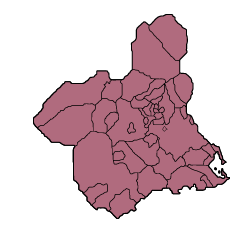
Important Topics:
CAMPOSOL TODAY Whats OnCartagena SpainCoronavirusCorvera Airport MurciaMurcia Gota Fria 2019Murcia property news generic threadWeekly Bulletin
CAMPOSOL TODAY Whats OnCartagena SpainCoronavirusCorvera Airport MurciaMurcia Gota Fria 2019Murcia property news generic threadWeekly Bulletin
Contact Murcia Today: Editorial 966 260 896 /
Office 968 018 268

